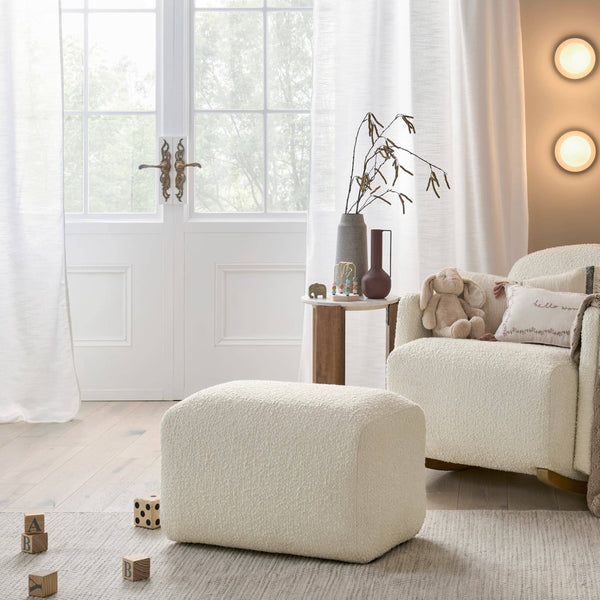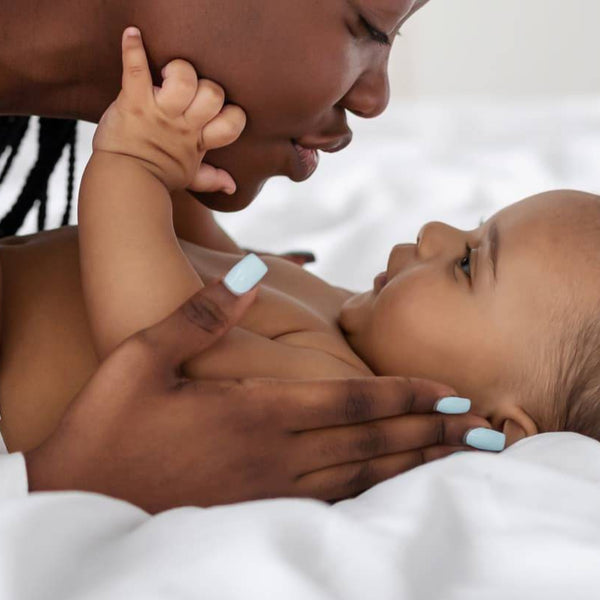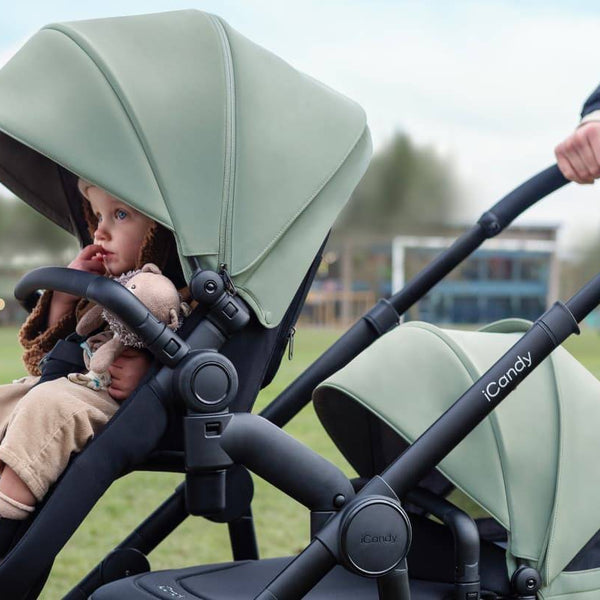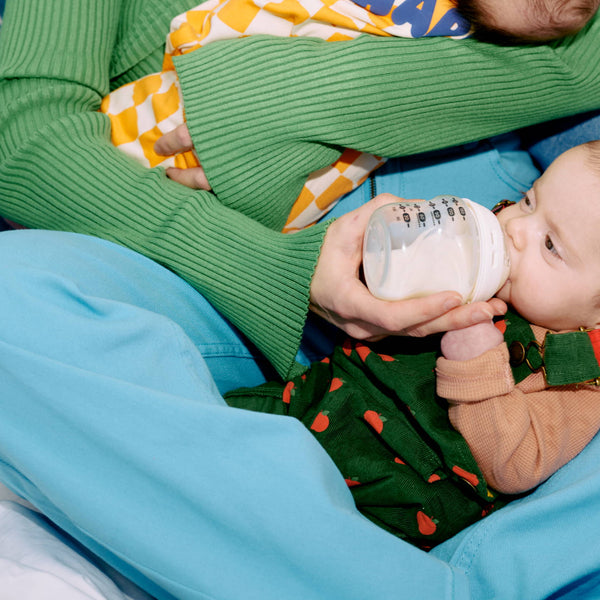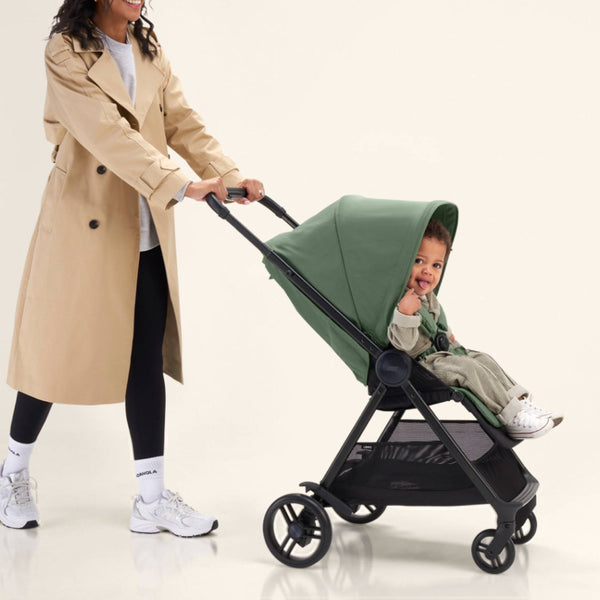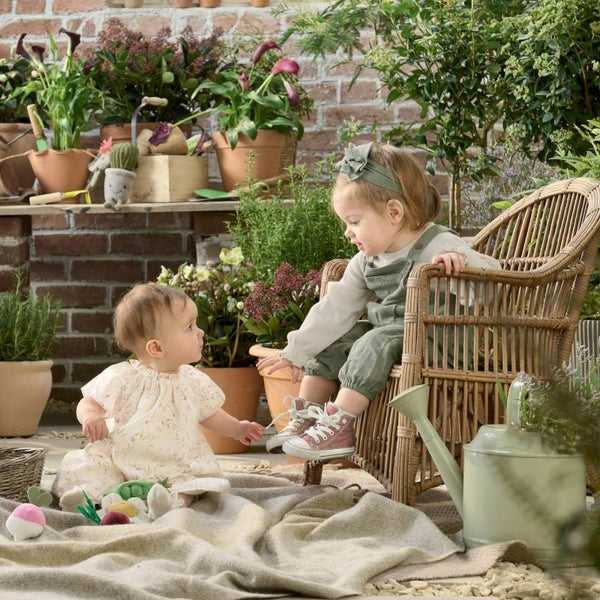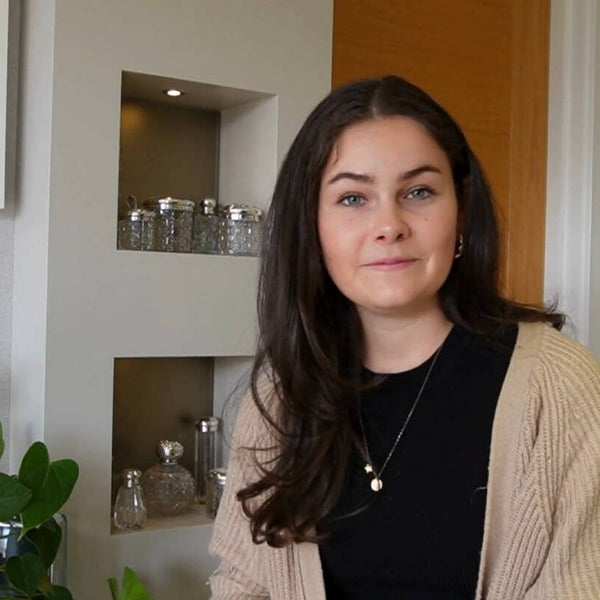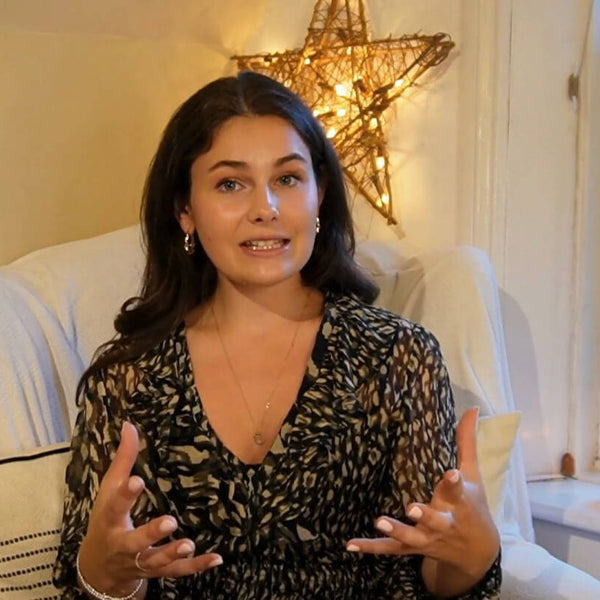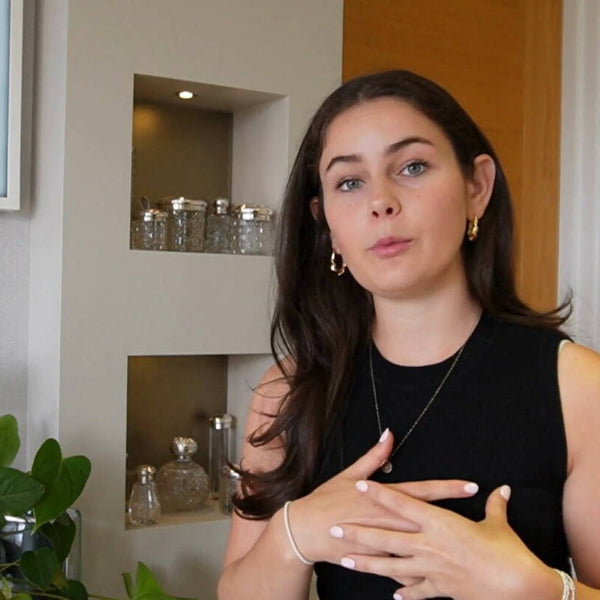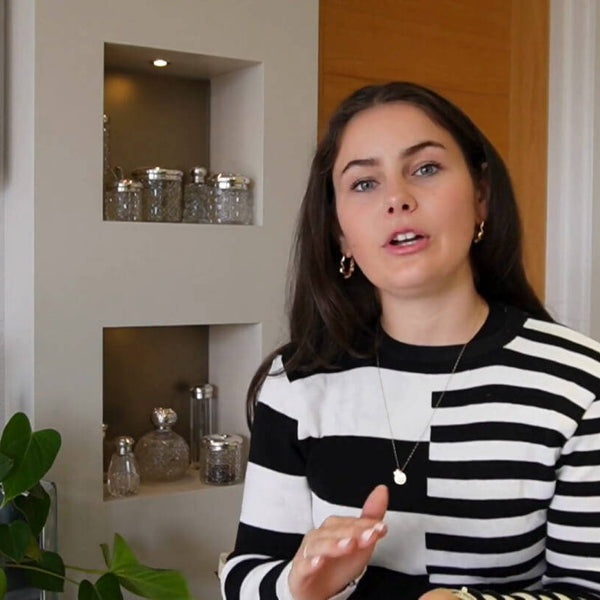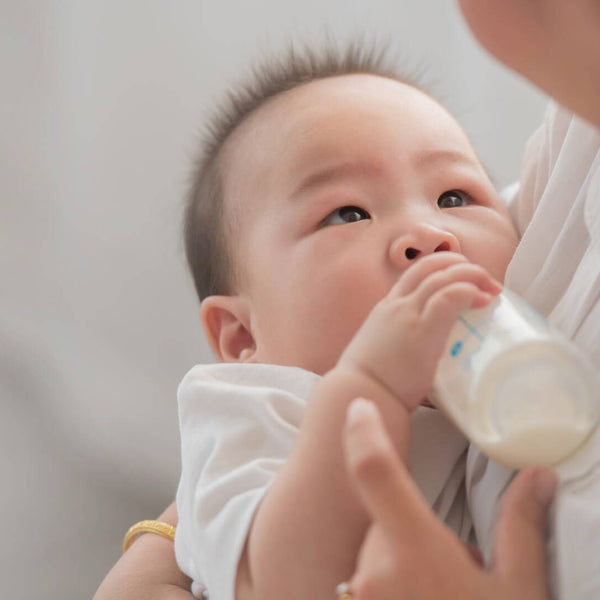We all understand the urge to be close to your baby in those early months, especially while you sleep. However, there are risks to co-sleeping so our handy guide should help tell you what to watch out for.
The early weeks and months of a child’s life often feel like the most important. It’s the time where baby really starts to settle into things while you settle into a life with a little one. As you start to grow that bond with your child, it’s understandable that you want to keep them close by, especially at night.

No child shares a sleeping pattern and no pattern lasts forever. As baby’s sleep routine develops it can mean late nights, lots of crying and restless little ones, so it’s easy to see why keeping them close would help.
According to NCT, around half of all parents in the UK try co-sleeping but it does come with risks. While it’s ultimately your choice whether you co-sleep with your little one or not, it helps to be aware of what those risks are and what you can do to avoid them. There’s lots of great advice out there, especially from the NHS and The Lullaby Trust but we thought we’d share them again here.
SIDS | Sudden Infant Death Syndrome
There’s no escaping how scary SIDS sounds. As the NHS describe, it’s “the sudden, unexpected and unexplained death of an apparently healthy baby”. According to their research, the NHS found that more than 200 babies die suddenly and unexpectedly each year. While it is definitely worrying for a new parent, it’s also worth understanding that SIDS is a rare condition and the risk is low.
The NHS Co-Sleeping Rules
The NHS pulled together a set of rules for reducing the risk of SIDS.
- When laying your child down to sleep, place them on their back in a cot, in the same room as you for the first 6 months
- Avoid smoking during pregnancy and breastfeeding and avoid letting others smoke near the baby
- Don’t share a bed with your baby if you have been drinking alcohol, taking drugs or if you smoke
- Never sleep with a baby while sat in an armchair or on a sofa
- Don’t let your child get too hot or too cold
- Make sure baby’s head is always uncovered while they sleep. Their blankets should be tucked in no higher than their shoulders
- Lay your child in their cot in the ‘feet to foot’ position, which is when their feet are resting against the end of the cot or Moses basket
Co-Sleeping | What are the risks
The risks of co-sleeping are widely documented, but the main concerns are the increased risk of SIDS, as well as the risk that you or your partner may roll over in your sleep and suffocate your child. There is also a risk that your baby could become caught between the wall and the bed, or even roll out of the bed and hurt themselves.
One of the most dangerous ways to co-sleep is on a sofa or armchair. The NHS strongly suggests you never do this as the risk of SIDS is even higher. While it’s nice to cuddle baby after a feed, you must make sure you don’t fall asleep with them in your arms as you cannot be responsible for their safety. If you feel yourself drifting off with baby in your arms, it’s best to lay them back down before catching up on some sleep.
The risks of co-sleeping are higher if your baby was premature (born before 37 weeks) or had a low birth weight (less than 2.5kg or 5.5lb).
Over- or Under-heating | Keeping Baby at The Right Temperature
You’ll want to keep your child warm in those early days but too much bedding or clothing can cause them to overheat, which could cause SIDS. Make sure to check your child from time to time while they sleep, making sure they’re not too hot. If they are sweating or their tummy feels hot, then remove some bedding. The NHS suggests that cool hands and feet are normal for a baby and not a sign that they are too cold.
Keep the room at a comfortable temperature, around 18C (65F), it doesn’t need to be much warmer. If you feel it’s getting too cool then adapt to this by layering up your child’s bedding. There’s no need to used hot water bottles or electric blankets and avoid placing their cot or bed next to a radiator, heater, fire or in direct sunlight.
Make sure your child’s head doesn’t become covered with bedding as this can add to the risk of SIDS. By placing your child at the ‘feet to foot’ position, whether in a cot, crib or Moses Basket, it will help ensure they don’t become covered by the bedding.
Remember to use lightweight bedding and where possible layer it. That should make it easier to remove layers if they are getting hot or if the room is too warm. A great solution to using too much bedding is using a Sleepbag. They’re safer than loose bedding and should keep baby at a comfortable temperature. They can be bought in a variety of Tog counts, depending on whether it’s winter or summer.
Bedside Sleeping | Safer Solutions to Co-Sleeping
As the NHS recommends, you should keep your child in your room for the first six months of their lives. Not only does this keep them close enough to you that you can respond quickly should they become distressed, it’s also great for encouraging a stronger bond between parent and child.
While the urge to co-sleep with your child might be strong, there are other solutions that can help.

Cots
A full-sized cotbed may take up too much space in your bedroom, unless you’re one of the lucky ones, bedroom-wise. Yet, a standard cot is often smaller than a cot bed so you can keep your child close without taking up too much space. If a cot is still too big, then look out for a petite cot, they’re even smaller and shouldn’t take up too much room at all. Just be aware that you will have to up-size as your little one grows.
Cribs
Cribs are small in size and can fit perfectly along the side of the bed. With a lower height, it can be easier to reach in for your little one, especially at night. Some even come with a rocking function so you can gently rock your child back to sleep.

Moses Baskets
As a crib, a Moses Basket is smaller than a cot and should be able to fit snugly within even small bedrooms. The lightweight wicker basket means that they’re also portable, so you can move them around the house during the day to let your child enjoy a good quality sleep, wherever you are. Don’t forget to buy a coordinating Moses Basket stand.
Bedside Cribs
Bedside Cribs are becoming increasingly popular with new parents, especially ones who feel the need to co-sleep. Designed to attach to the side of your bed, they can be used as a self-contained crib or you can drop the side to give you more access to baby while they sleep. It allows you to recreate the closeness of co-sleeping while still keeping them in a clean, safe space.
Hopefully, our co-sleeping overview should help put your mind at rest about one of two things. We understand that SIDS can seem frightening but, as the NHS states, the risk is low so while it’s best to look out for and avoid the risks, don’t let the worry dominate those early days with your little one, this is a special time and you should be enjoying it.
As with all our advice, make sure to check with your midwife, health visitor or GP if you’re not sure about anything. Every child is different so it can’t hurt to get a second opinion even if it’s just to put your mind at rest.
Don't forget to check out our sleep expert post, all about helping your baby nod off.


